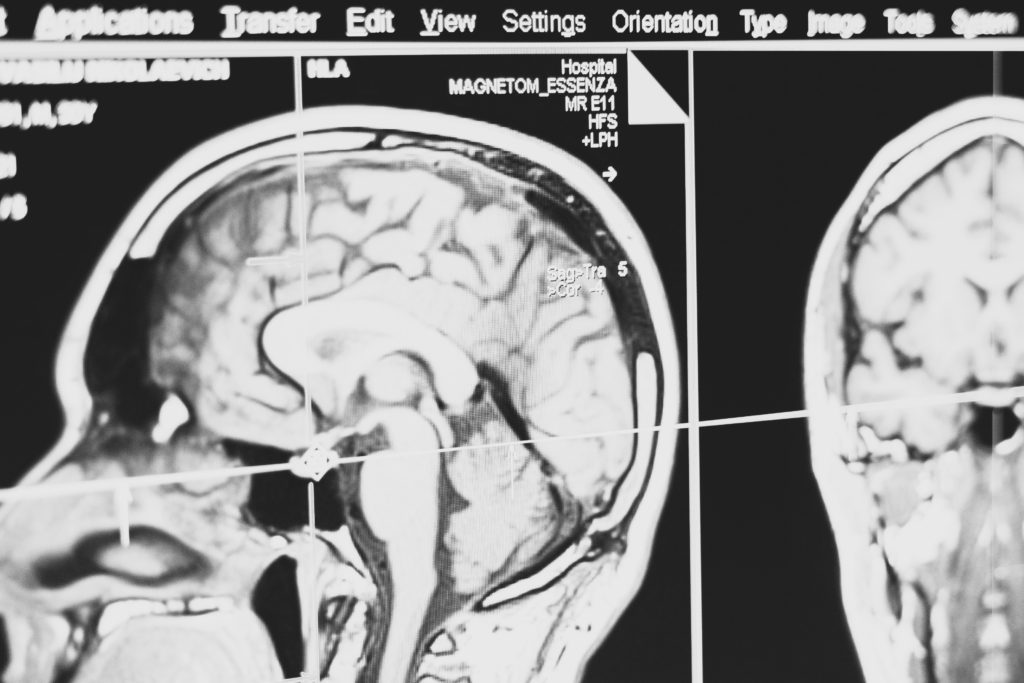
opinion: Innovative medical devices
Announcement of UK IDAP Pilot for medical devices
Last week the Innovative Devices Access Pathway (IDAP) Pilot was announced by the UK MHRA and partnering organisation. The pilot is a first step to providing a faster and supported route to regulatory approval, access and adoption of innovative devices.
This presents a great opportunity for patient and companies, but what precisely does this mean ultimately for access and reimbursement?
by Henrike Granzow
IDAP in short
🫲The support offer :
= Support from a team of experts to develop a product-specific Target Development Profile (TDP) roadmap. The TDP roadmap will define Regulatory and Access touchpoints across the product development, which could include:
- quality management system support
- system navigation advice
- a fast-tracked clinical investigation
- joint scientific advice with partners
- support with Health Technology Assessments (HTA) for product realisation and adoption
- safe-harbour meetings to discuss NHS adoption
- exceptional use authorisation granted by the MHRA, provided necessary safety standards are met.
✅Eligibility Criteria
- The product must be a medical device.
- The lead applicant must be a legal entity with the rights to market their health product in the UK.
- For early-stage health technologies, organisations must demonstrate a proof of concept evidenced by data from a near final prototype.
- The applicant must be intending to market the health product in the UK and intend to obtain regulatory authorisation.
- The applicant must have UK clinical investigation sites lined up.
- The applicant must commit to working with the IDAP partners to create a Target Development Profile.
- Technologies must be able to demonstrate evidence of ISO 13485 certification or equivalent.
✅ ✅ IDAP Pilot criteria
- Criterion 1: The condition is life-threatening or seriously debilitating and there is a significant patient need.
- Criterion 2: The product is innovative and transformative.
- Criterion 3: The product will provide system wide benefit.
- Criterion 4: the technology clearly helps to address one of the following Life Sciences Vision’s Healthcare Missions (different goals around neurodegeneration and dementia, early diagnosis and treatments, including immune therapies such as cancer vaccines, cardiovascular diseases and obesity, respiratory disease, ageing, mental health conditions)
🛫 IDAP market access and reimbursement impact
👍 Integrated and enhanced regulatory and access pathway for developers with tailored stakeholder support; – from what I have seen with the Innovative Licensing and Access Pathway (ILAP) scheme – the equivalent on the medicines side – this can be extremely valuable and really help structure the development effort with an additional external expert team.
The Exceptional Use Authorisation prior to full regulatory approval is a true bonus for patients and companies, meaning real tangible use possibilities.
But for me, there are a few questions remaining that the pilot phase may help to clarify:
❓What stage companies can benefit most? – for instance, ISO 13485 certification (or equivalent) is a prerequisite, and an “applicant must have UK clinical investigation sites lined up.” – that means the company needs to be almost good to go and quite advanced in their development and study preparations. To some extend that devalues three support offer points of the scheme: 1) QMS support, 2) system navigation advice and 3) fast-tracked clinical investigation.
❓While the ILAP scheme for medicinal products has the Health Research Authority (HRA) as a supporting partner, at this stage, I don’t see this listed for the IDAP. This partnership would be crucial to speed up study authorisations and ethics committee approval for studies.
❓Eligibility and prioritisation for reimbursement review and access pathway ….while stakeholder meetings with NHS and the exceptional use authorisation can certainly help adoption, it remains unclear if there is a special arrangement to provide a national level NICE review for routine reimbursement. Not all medical devices are routinely reviewed by the HTA body, but certain prioritisation criteria are used to select some over others.
There are also a variety of different evaluation programmes for medtech: devices vs innovative devices, diagnostics, digital devices, early access with evidence development (EVA), multiple vs single technology reviews…While consultation with NICE can certainly help identify the right path and most relevant evidence, it is less clear if there will be an automatic funnelling into an evaluation programme. Or if there would be favourable consideration for certain paths such as EVA.
❓Roadmaps and support tools already exist by the “AI and Digital Regulations Service for health and social care” (a service collaboration between NICE, MHRA, the Care Quality commission and HRA), the NHS Innovation services, or in the past the AI Award. Admittedly, there is a less tailored support offer in these, but clearly, we already see an existing wealth of systematic services for guidance and advice being available. While all these support services themselves remain relatively new at this stage, if considering all of them, companies face an “embarrassment of riches”: not only having to navigate access paths but trying to understand and navigate support to access paths… an additional strategic decision to make and impact on product development and product profile to evaluate.
…. We’ll keep an eye out for the progress of the IDAP Pilot.
Need our thought for planning a UK access and reimbursement strategy that optimises you overall development plan, claims and value proposition?
Get in touch:


